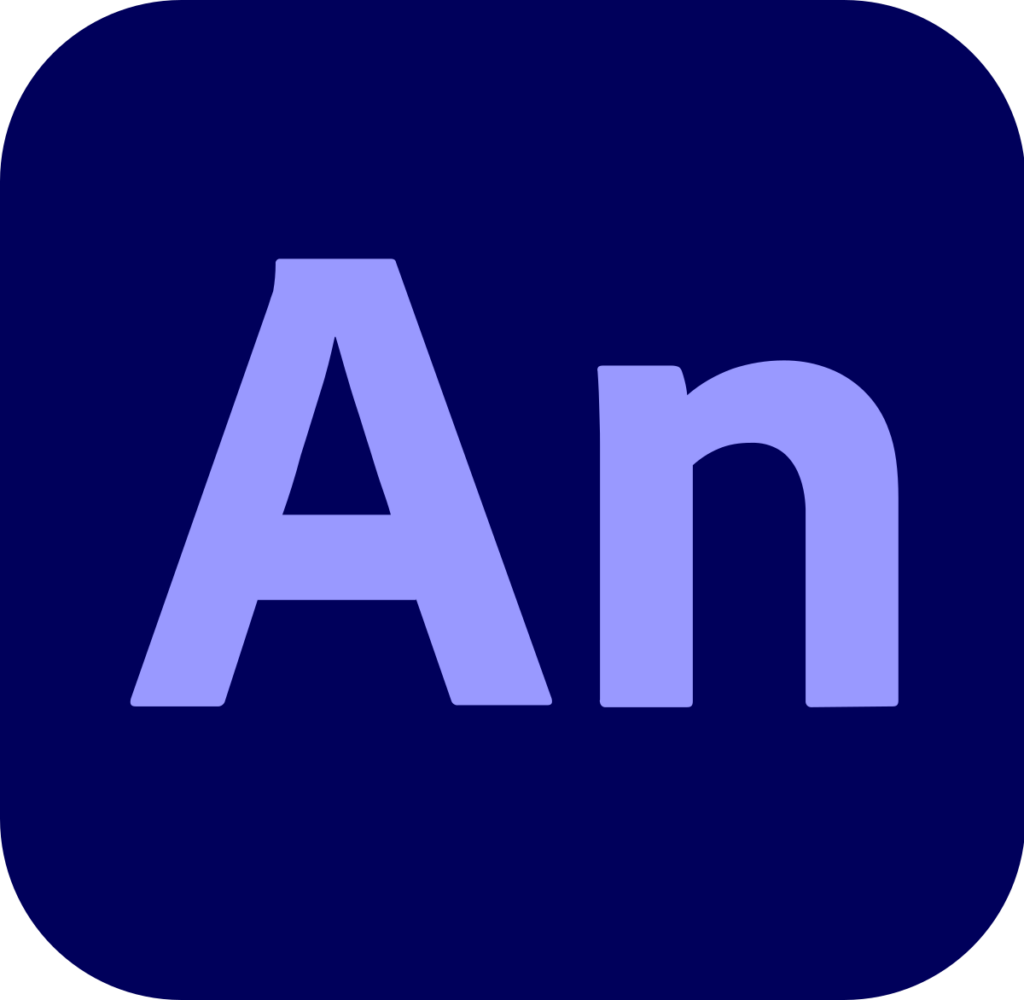Verschiedene Programme können digitale Frame by Frame Animation ermöglichen. Welches Programm für welchen Anwendungsfall geeignet ist, hängt mit mehreren Faktoren zusammen. Vertraute Programme beschleunigen zwar die Gestaltung, jedoch kann neue Software nach einer Einarbeitungszeit mit zusätzlichen Funktionen einen größeren Vorteil bieten.
Ich habe mich im Zuge der Semesterarbeit mit Frame by Frame Animation in Procreate, Adobe Animate und Procreate Dreams beschäftigt.
Wie oben erwähnt, ist die Verwendung von vertrauten Programmen nicht nur finanziell sondern auch während dem Gestaltungsprozess ein Vorteil. Aus diesem Grund wollte ich Procreate diesmal auch für Frame by Frame Animation nutzen.
Allerdings ist Adobe Animate auf Frame by Frame Animation zugeschnitten, auch Procreate Dreams ist nach meinem Empfinden eine Weiterentwicklung von Procreate – in Richtung Frame by Frame Animation.
Austesten mit einem kleinen Übungsbeispiel hat mir sehr geholfen. Beim Ausprobieren von Procreate und Adobe Animate bin ich auf einige Hindernisse gestoßen, die mich schlussendlich zur Verwendung von Procreate Dreams geführt haben.

PRO Procreate
– Interface vertraut
– bereits gekauft
– Frame by Frame Animation möglich und simpel
CONTRA Procreate
– Einschränkung bei der Ebenenanzahl durch Ipad Modell (64 Ebenen)
– Referenzvideo kann nur als PNG Sequenz (jedes PNG eine Ebene) importiert werden.

PRO Animate
– Teil der Creative Cloud (bereits gekauft)
– Projekt kann in Adobe Programme importiert werden
– Frame by Frame Animation möglich
CONTRA Animate
– Interface unterscheidet sich sehr zu übrigen Adobe Programmen
– Einschränkungen bei der Pinseloptik im Vergleich zu Procreate

PRO Procreate Dreams
– Neue Software, aufbauend auf Procreate, spezialisiert auf Frame by Frame Animation
– Referenzvideos können einfach importiert werden
– intuitive Software
CONTRA Procreate Dreams
– Neuanschaffung (23,99 €)
– Nicht alle Funktionen sofort klar
Fazit: Für meinen Anwendungsfall ist Procreate Dreams am Besten geeignet. Daher – die Investition lohnt sich.


